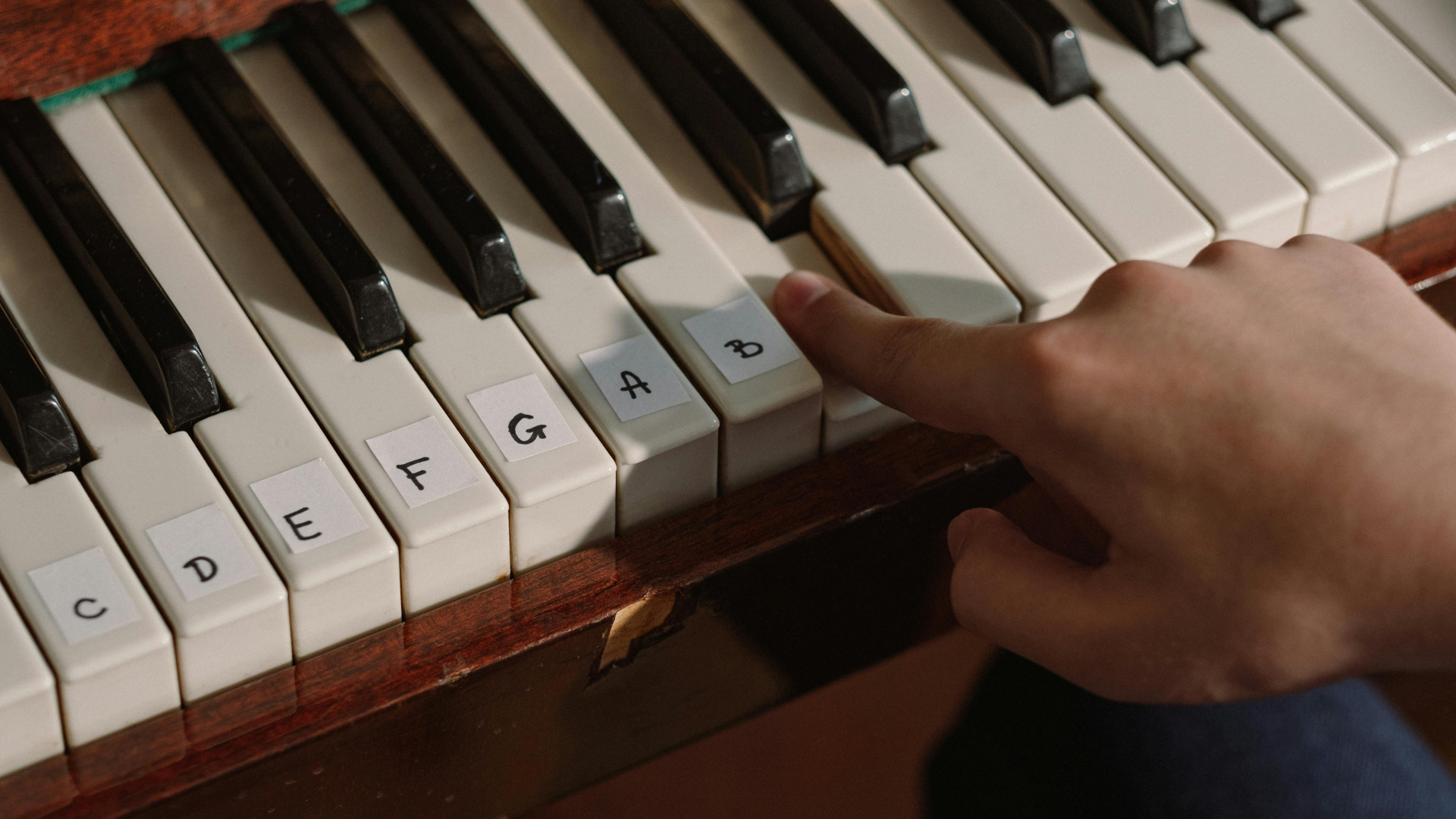Understanding The ABC Model of Beliefs
How Our Beliefs Shape Our Perceptions and Emotions
As you prepare to send a text inviting a new friend to grab a coffee, you hesitate. “What if they don’t want to hang out with me? What if they think I’m annoying?” Your mind races through a series of worst-case scenarios, each one more outlandish than the last. Do you send the text?
Understanding the ABC Model
The ABC model is a valuable tool for analysing how our beliefs influence our emotions and behaviours. Here’s a breakdown of how it works:
- A – Activating Event: This is the trigger or situation that prompts an emotional response.
- B – Belief: This refers to the interpretation or belief we hold about the activating event.
- C – Consequence: This is the emotional and behavioural outcome that results from our beliefs about the event
How It Works in Practice
To illustrate the ABC model, let’s consider a common scenario:
Imagine you receive negative feedback at work.
- A (Activating Event): You get feedback from your boss that your recent project didn’t meet expectations.
- B (Belief): If you believe this feedback means you’re incompetent, you may feel demotivated.
- C (Consequence): Consequently, you might withdraw from future projects or stop trying to improve.
On the flip side, if you interpret the feedback as an opportunity for growth, your belief shifts, leading to a more positive response:
- B (Belief): “This feedback is a chance for me to learn and improve.”
- C (Consequence): You feel motivated and energised to tackle your next project.
Now let’s explore a scenario where the ABC model is at play in a friendship:
- A (Activating Event): A friend cancels plans at the last minute, leaving you feeling let down.
- B (Belief): You think, “My friend doesn’t care about me. They don’t value our friendship.”
- C (Consequence): This belief leads to feelings of hurt, anger, and resentment. You might avoid the friend or even consider ending the friendship based on this one incident.
This situation demonstrates how a single event, filtered through a negative belief, can escalate into a larger issue. It’s essential to recognise that this is just one possible interpretation. Different beliefs about the same event could lead to very different emotional responses and outcomes.
The Importance of Challenging Unhelpful Beliefs
Challenging and modifying unhelpful beliefs is a cornerstone of cognitive behavioural therapy (CBT). By identifying negative thought patterns and replacing them with more realistic and positive ones, individuals can significantly improve their emotional well-being and resilience.
Cultivating Healthier Beliefs
To foster healthier beliefs and break free from negative thought patterns, consider the following strategies:
Practice Mindfulness
Mindfulness encourages you to stay present and observe your thoughts without judgement. This practice can help you recognize unhelpful beliefs and detach from them.
Challenge Negative Thought Patterns
When you notice a negative belief emerging, take a moment to question its validity. Ask yourself, “What evidence do I have to support this belief? Is there a more balanced perspective?” Always look for 2-3 other “B” options that you could come up with, other than your first negative-knee jerk reaction.
Seek Support from Others
Talking with trusted friends, family, or a mental health professional can provide fresh perspectives and help you challenge your beliefs. They can offer support and validation, making it easier to shift your mindset.
Focus on the Positive
Try to reframe negative situations by identifying positive aspects. For instance, if you face rejection, consider it an opportunity to learn and grow rather than a reflection of your worth.
Empower Yourself Through Belief
Understanding the power of beliefs is crucial for creating a more positive and fulfilling life. By applying the ABC model, you can recognise how your thoughts shape your emotions and behaviours.
Your beliefs are not set in stone. With practice, you can challenge unhelpful thoughts and replace them with more constructive ones. This transformation can lead to improved emotional well-being, stronger relationships, and a greater sense of empowerment.


